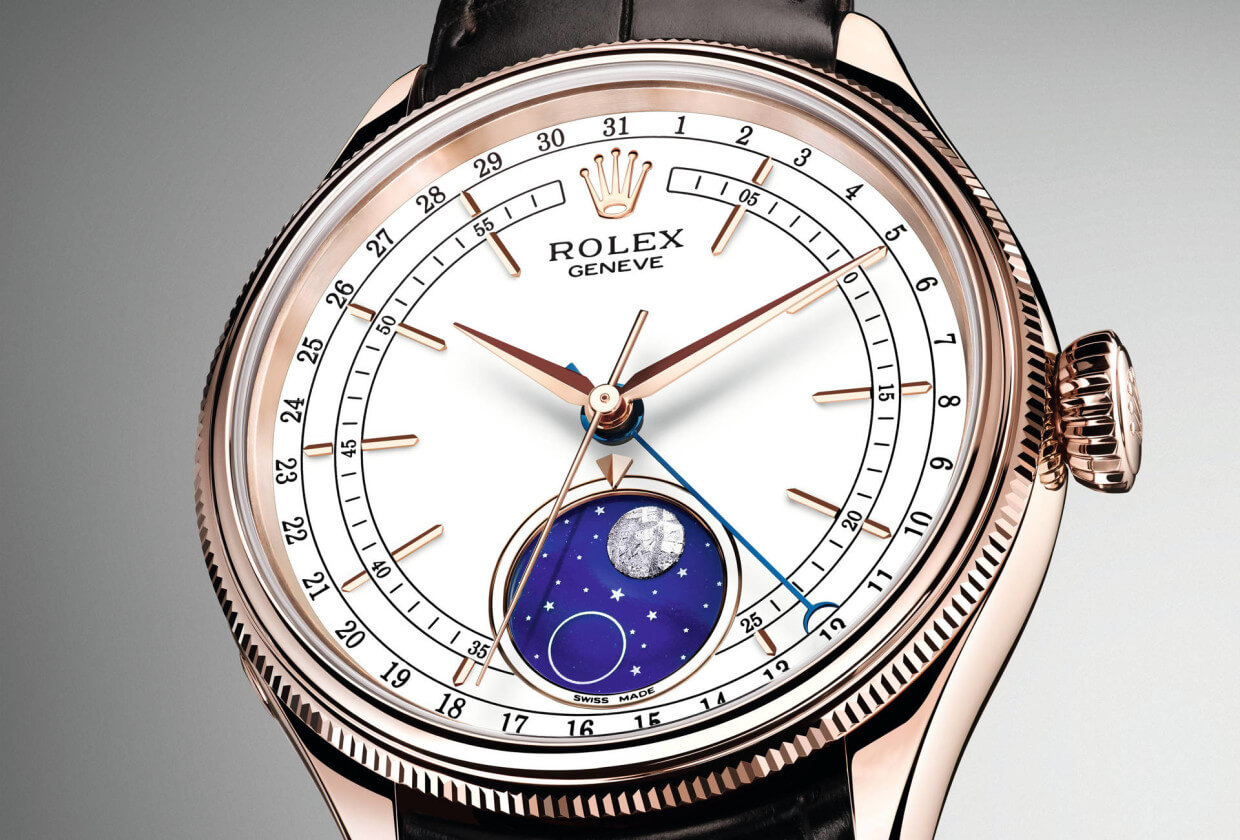Swiss-made mechanical watches are renowned for their quality, precision, and craftsmanship. Of all the mechanical marvels that man has created, few can rival the complexity and beauty of a finely crafted timepiece. From its gears’ precision to its movement’s intricacy, a mechanical watch is a testament to human ingenuity and artistry. Switzerland has been at the forefront of watchmaking for centuries, and the country’s watchmakers have developed a reputation for producing some of the finest timepieces in the world.
Within watchmaking, several complications are particularly sophisticated, combining technical prowess with aesthetic excellence. This article will explore four of the most advanced complications in watchmaking.
1. Tourbillon
The tourbillon is one of the most complex and visually stunning watch complications. First invented by Abraham-Louis Breguet in 1801, it was designed to counteract the effects of gravity on a watch’s movement. In a standard mechanical watch, the force of gravity can cause the balance wheel to become unevenly worn over time, leading to decreased accuracy.
The tourbillon addresses this problem by rotating the entire escapement (the part of the watch that controls the movement of the hands) around its axis once every minute. This constant rotation ensures that the effects of gravity are evenly distributed, resulting in a more accurate timepiece.
The tourbillon is an actual work of art, with its intricate design and beautiful movement. It is often visible through a transparent case-back, allowing the wearer to admire its beauty and complexity.
2. Minute Repeater

The minute repeater is another sophisticated complication since the early 18th century. Its function is to chime the time in hours, quarters, and minutes with tiny hammers and gongs. The minute repeater is activated by a slide or button on the watch’s case, and the chimes are produced by striking the gongs with the hammers.
The minute repeater is an incredible feat of engineering, requiring a complex mechanism to translate the timekeeping functions into a series of audible chimes. It also requires high skill and precision to tune the gongs and hammers to produce the correct pitch and tone.
The minute repeater is considered a pinnacle of watchmaking, not only for its technical complexity but also for its artistic beauty. Many minute repeaters feature intricate engravings or other decorative elements that add to their visual appeal.
3. Perpetual Calendar

The perpetual calendar is a complication that automatically adjusts the date, day, month, and year, considering leap years without manual adjustment. This means the watch will display the correct date until 2100 (when a leap year is skipped).
The perpetual calendar is a remarkable achievement, requiring a complex system of gears, levers, and cams to keep track of the various cycles of the Gregorian calendar. It also requires a high degree of accuracy, as even a tiny error in calculating leap years could throw off the watch’s accuracy over time.
The perpetual calendar is often combined with other complications, such as moon phase or chronograph functions, to create even more sophisticated timepieces.
4. Moon Phase

The moon phase complication is a popular feature in many high-end watches, and it adds a touch of romance and whimsy to a timepiece. This complication displays the moon’s current phase, indicated by a small disk that rotates behind a window on the watch’s face.
The moon phase complication is not just a decorative feature; it also serves a practical purpose. The moon’s cycle affects the tides and has long been used to track time, particularly in agricultural societies. The moon phase complication lets wearers keep track of the lunar cycle and plan their activities accordingly.
Creating a moon phase complication is no easy feat, as it requires a complex mechanism to track the moon’s orbit around the earth. The mechanism typically involves a series of gears and levers calibrated to rotate the moon phase disk once every 29.5 days, the length of a lunar cycle.
Moon phase complications can be found in various watches, from classic dress watches to sporty chronographs. They add an element of elegance and sophistication to a timepiece and are a testament to the ingenuity and artistry of watchmakers.
Conclusion
The world of watchmaking is full of remarkable technical achievements, and the three complications outlined above are among the most sophisticated and beautiful examples. The tourbillon, minute repeater, and perpetual calendar are all testaments to human ingenuity and craftsmanship, showcasing the incredible precision and artistry that can be achieved by creating mechanical timepieces. Whether you are a collector or appreciate the beauty and complexity of these amazing watches, the tourbillon, minute repeater, perpetual calendar and moon phase are sure to inspire wonder and admiration.
Arsène Wargas
Information sourced by the author for luxuryactivist.com. All content is copyrighted with no reproduction rights available. Images are for illustration purposes only.
